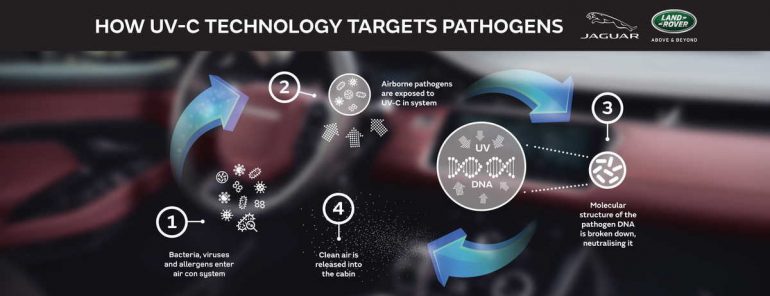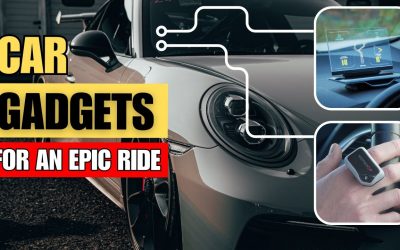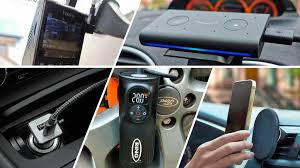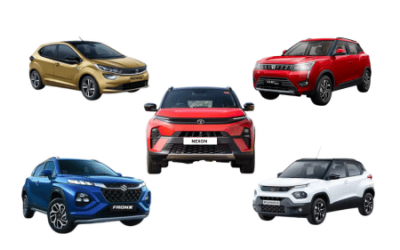2020 is shaping up to be the year where everyone is paranoid about infection. The COVID-19 pandemic has opened everyone’s eyes to the stark reality of pathogens and how they can impact our lives as a whole. Social distancing and proper personal hygiene are the need of the hour as we try to curb the spread of this virus.
Mankind has been grappling with disease and harmful microorganisms since time immemorial. Over the course of centuries, we have devised solutions that help us keep illness at bay while also improving our overall quality of life. Modern medicine reached new heights with the discovery of penicillin in the 20th century, which is the predecessor of the various antibiotics that we all know so well today. Medical care is constantly looking for technological advancements to keep up and quell the ever-evolving pathogen strains.

Millennial Medicine
We live in a world where medicine is more or less readily available for one and all, at least in most countries. The current question that the medical world faces is, what if the medicine could be smarter? This out-of-the-box thinking has given rise to numerous innovative solutions that have the potential to revolutionize healthcare on some scale.
Think about it. We can now test our blood pressure and even blood sugar at the comfort of our own home within a few simple steps. Clearly, the way forward is to make quality and effective healthcare more accessible to the common man.

Power Of The Sun
You’ve probably heard of ultraviolet radiation and how it can be harmful for you with prolonged exposure. What you may not know is that ultraviolet light comes in different sizes, literally. We call them UV-A, UV-B and UV-C.
Of these three, recent research has focused on UV-C in particular. Why? Because it’s in the perfect spot in terms of germicidal properties.
The Principle
– Normally, ultraviolet light is well-known for its carcinogenic nature.
– UV-C, however, is of a lower wavelength, which significantly reduces its potency to irradiate our cells.
– UV-C still packs enough wavelength to severely incapacitate smaller and simpler cells like bacteria and other pathogens.
– When exposed to UV-C light, the pathogens’ molecular structure (particularly their DNA) is disrupted, which effectively renders them incapable of replicating.
– All it takes is a few minutes of UV-C exposure to effectively sterilise a surface, completely disinfecting a surface from pathogens and harmful microorganisms.
UV-C isn’t the first sterilization technique that we’ve come up with. So what makes it so special and unique? Let’s weigh the pros of the method.

The Benefits
– UV-C is known to be effective against every known pathogen that humankind has ever faced.
– UV-C is useful for sterilization on surfaces as well as against airborne pathogens.
– The effectiveness of UV-C enables it to be implemented in a variety of systems. It also doesn’t have any undesirable side effects on the substrate itself!
As you can see, UV-C is an ideal disinfection solution that guarantees consistent results for sanitation. What practical applications can it have? Let’s take a closer look at one particular application that holds promise in the automobile world.

Auto-Ventilation
Considering how many hours one spends behind the wheel in the modern world, it’s important to maintain hygiene in this aspect as well. Current HVAC systems in premium cards like Jaguar and Land Rover already have an inbuilt air filtration system that can purify the air from odour and certain dust particles.
UV-C technology has been part of the medical world for around 2 decades now. It is also used in industries like the dairy sector, to flash-heat harmful pathogens from milk. Why not apply it in the automobile industry? It would just be an upgrade over the existing systems in place. Researchers in the field have been conducting tests on the prospect, and results show that implementing these systems could reduce pathogen presence in cars by at least 30%. This includes harmful pathogens such as specific enterococci bacteria that could cause severe infections.
The principle is fairly simple to execute in a car as well. In the air conditioning ducts, exposing the air inflow to UV-C would kill virtually every pathogen that filters through the regular air purifier system, rendering the air much cleaner and free of even superbugs!

A Healthier Drive
In this age when the threat of pathogens looms large, it’s important that we embrace technology that offers a step in the right direction to combat the spread of disease. Let’s hope we see these medically smart cars rolling on the roads in the near future!
0




